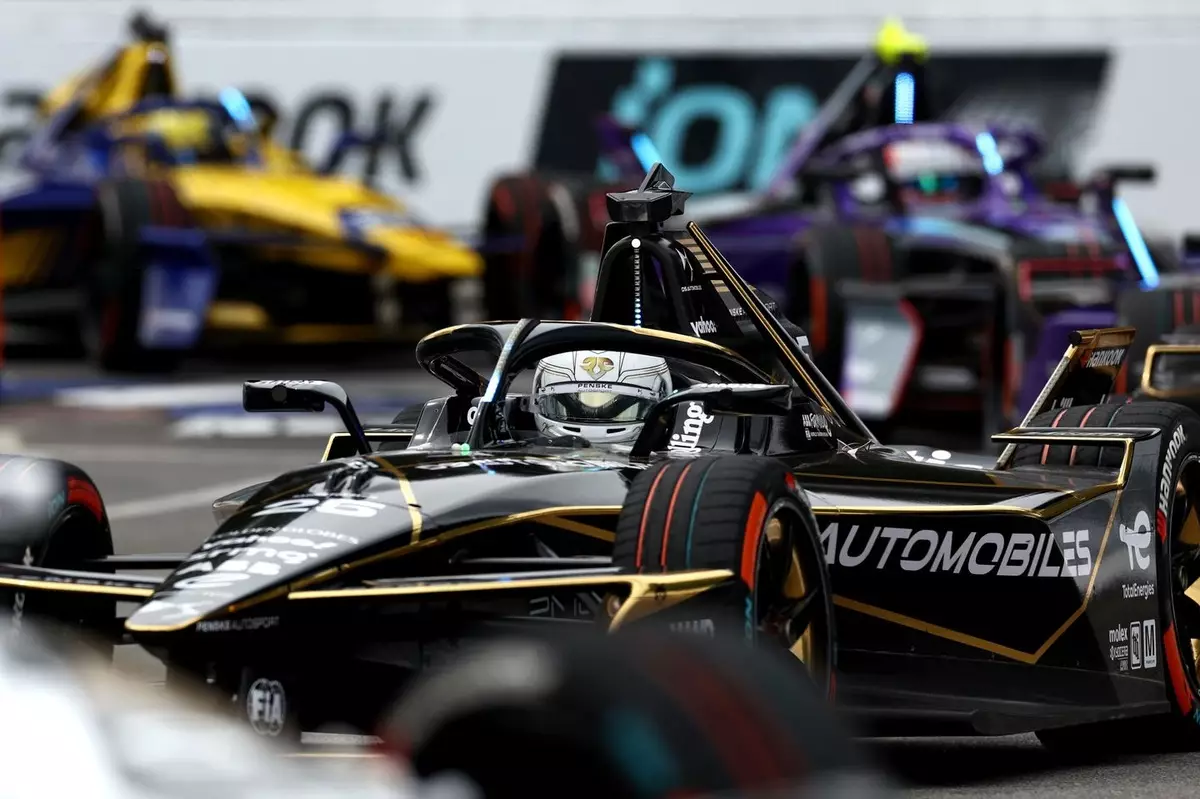Formula E, the prestigious all-electric racing series, is on the brink of significant evolution as it prepares to introduce its innovative Pit Boost feature during the upcoming Jeddah E-Prix. This new regulation promises an exciting dynamic on the racetrack but has also prompted cautionary insights from prominent drivers, including two-time champion Jean-Eric Vergne. As we delve into the implications of this development, it is essential to evaluate how it could reshape race strategies, challenge team dynamics, and impact the broader competitive landscape of Formula E.
The Evolution of Racing Dynamics with Gen3 Evo
This season has enacted a sweeping change with the rollout of the Gen3 Evo car, which brings substantially revamped sporting and technical regulations. The Gen3 Evo is enhanced with softer Hankook tires and a four-wheel drive system that can be engaged during crucial race moments such as qualifying duels and Attack Mode activation. These advancements have translated to noteworthy lap time improvements, marking a leap in performance that does not go unnoticed, evidenced by pole positions dropping by nearly three seconds in some races.
The introduction of Pit Boost, slated for debut on February 14-15, is particularly intriguing. Each driver will receive a 10% battery recharge during pre-determined pit stops, and with the stop lasting around 30 seconds, the stakes are high. This innovation is the result of over two years of development. However, as Vergne warns, the implementation carries risks that could complicate the race standings significantly.
Vergne’s apprehensions highlight a crucial aspect of this new regulation: the unpredictable influence of race conditions on strategy. The possibility of the race leader coming out of the pits a lap down poses a significant concern, especially when considering the unpredictable nature of safety cars. In such scenarios, a driver pitting later while a safety car is deployed could gain a considerable advantage, creating a scenario where luck seems to play a more substantial role than skill.
The tension surrounding the pit stop window could lead to unexpected shifts in the leaderboards as drivers vigorously compete for the undercut, further intensifying the already strategic nature of Formula E racing. Vergne articulates his hope that the FIA and Formula E will explore possibilities for shortening pit stops to preserve the legibility of race outcomes. He fears that lengthy pit stops could lead to confusion, especially among fans trying to follow the intricate strategies unfolding on track.
Fairness and Consistency in Competitive Racing
In addition to the concerns regarding pit stops, Vergne calls attention to the integrity of the Attack Mode system. This season has seen a significant enhancement in Attack Mode performance facilitated by all-wheel drive capabilities. Nevertheless, Vergne emphasizes that the current unpredictability linked to the activation of Attack Mode during race interruptions, such as full-course yellows, necessitates reform. His experiences in recent races, where activating Attack Mode promptly led to lost opportunities due to subsequent cautions, underscore the need for consistency and reliability in racing regulations.
Sebastien Buemi, another former champion, echoed Vergne’s sentiments, indicating a universal recognition among competitors of the critical need for regulations that foster fairness. The emphasis should be on creating an environment where skill is the primary determiner of results rather than incidental occurrences during races. The unpredictability inherent in motorsport should stem from the performance of the vehicles and strategic decisions made by the teams, rather than arbitrary timing of race interruptions.
As Formula E embarks on this new chapter with the introduction of Pit Boost and the accompanying changes in race regulations, the series must strike a careful balance between innovation and maintaining the sport’s spirit. While the thrill of competing in a high-tech environment is a significant draw for fans and teams alike, safeguards must be put in place to preserve the essence of racing—a contest of skill, strategy, and precision.
Ultimately, the upcoming Jeddah E-Prix will serve as a litmus test for these changes, revealing whether the ambition of the Pit Boost can enhance the excitement of Formula E while addressing the concerns of over-reliance on luck. Its success will depend on the collaboration between regulatory bodies and participants in ensuring that the sport progresses in an equitable and engaging manner, revitalizing interest without undermining the competitive integrity that makes motorsport enthralling.


Leave a Reply